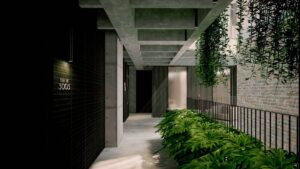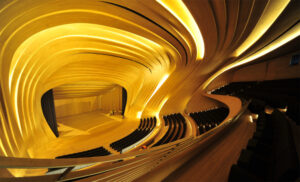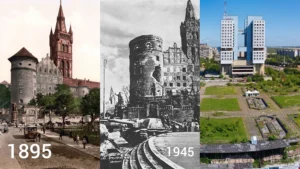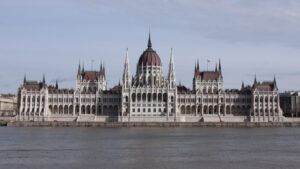The Return of the Brute and the Birth of the Green
Brutalism was the contentious monolith of post-war architecture for decades. Some people loved it for its honesty about materials and societal goals, while others hated it for its cold, dominating appearance.
This style is making a comeback all across the world now, but with one big difference: it now has a strong sense of ecological responsibility. This is what Eco-Brutalism is all about.
Eco-Brutalism tries to combine the strong, geometric shapes of Brutalism with the living, softer parts of nature. Think of big concrete buildings with vines hanging down from them, vertical gardens, and façades covered in moss to make them look softer. But this interesting comparison makes the most important question in sustainable design: Is this a real breakthrough in eco-friendly building, or is it just high-design greenwashing?
The answer is not just in the look of the concrete, but also in the science of the materials and the moral reasons for using it.

Source: sustainablesundays.com
The Big Problem: Concrete’s Carbon Footprint
The moral problem at the heart of Eco-Brutalism is unavoidable: concrete, the substance that defines it, is the most damaging thing to global sustainability in construction.
About 8% of all human-made CO₂ emissions come from making cement, which is the main element in concrete. The main reason for this huge number is the calcination of limestone, which is a chemical reaction that releases a lot of carbon that was stored in the ground directly into the air.
It is a big paradox for a movement that claims to be Eco to rely on this stuff. Traditional Brutalist buildings needed a lot of this high-carbon material since they had thick walls and deep foundations. The greenhouse gas emissions from the materials and construction that go into a building’s life cycle are called embodied carbon.
People who don’t like it say that adding a few green walls or a rooftop garden, even though they look great, doesn’t make up for the huge amount of carbon that goes into making them. This is where the greenwashing criticism really hits home: if the “eco” part is just for looks, and the movement focuses on dramatic, plant-filled pictures instead of radical material decarbonization, it could just be a trendy way for businesses to keep doing what they’re doing.
Bosco Verticale Architects: Boeri Studio Photograph: Paolo Rosselli, Laura Cionci Manufacturers: ECLISSE, Oikos Venezia, AGB, CYMISA, Campolonghi, Cotto d’Este, Kone, Vimar, proMesh Interior Design: Coima Image s.r.l, Antonio Citterio & Partners
The Case for Sustainability: Integrity, Durability, and Creativity
Even though there are good reasons to criticize it, supporters say that Eco-Brutalism can be one of the most honest and effective ways to be sustainable today if done carefully. They concentrate on three main areas:
Preserving embodied carbon and adaptive reuse
The building that is already built is the most environmentally friendly. Brutalist buildings were built to last for hundreds of years and be structurally honest. When you tear down one of these huge buildings, all of the carbon that was in it goes back into the air, and you need to bring in new carbon-heavy materials to replace it.
So, adaptive reuse is the strongest eco-brutalist tool for becoming environmentally friendly. Architects save the carbon that has already been put into a building by adapting existing concrete giants for new uses. For example, they can turn old industrial complexes or government buildings into hotels, museums, or homes. The Silo in Copenhagen (a old grain silo turned into luxury apartments) and The Standard London (a brutalist council building turned into a hotel) show that saving the “brute” is always “eco.”
New materials and technologies
Separating the style from high-carbon Portland cement is the key to Eco-Brutalism’s future. Architects and material scientists are working hard to find ways to remove carbon from concrete:
- Supplementary Cementitious Materials (SCMs): Innovations like Limestone Calcined Clay Cement (LC3) or replacing some of the cement with industrial waste products like fly ash and slag cut down on the amount of clinker, which is where most of the CO2 comes from.
- Carbon Sequestration: New technology can put CO₂ that has been trapped into concrete while it is curing, making the material a permanent carbon sink.
- Bio-Brutalism: Some designers are moving away from typical concrete and using high-performance, low-carbon materials like engineered wood, cross-laminated wood (CLT), and even bio-materials made from algae or fungi. They are nevertheless keeping the raw, monolithic look of the style.
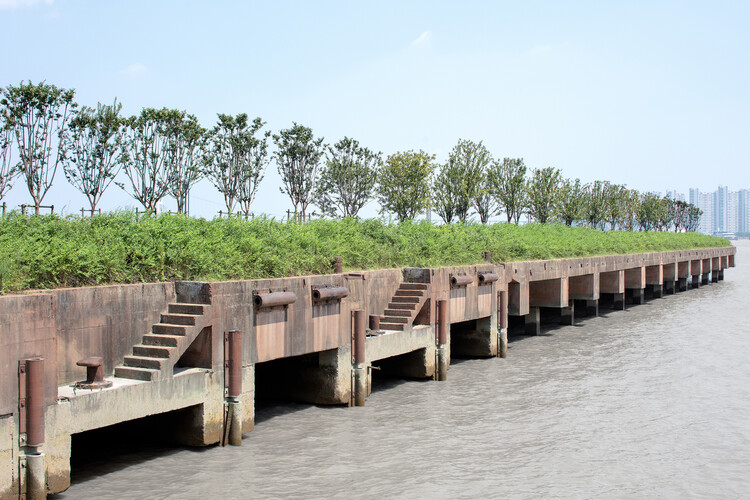
Docklands Park BRU Brearley Architects + Urbanists Image Credit: Xiazhi, Zeng Jianghe
Thermal Mass and Passive Design
Many people don’t like the fact that concrete is so heavy, but it can really help in some conditions. Because concrete has a lot of thermal mass, it can soak up and retain heat during the day and let it out slowly at night.
In hot and humid areas, this mass, along with deep overhangs and open circulation, which are typical of the Brutalist style, can greatly cut down on the requirement for mechanical cooling. Green roofs and vertical gardens add to this effect by functioning as natural insulation, lowering the urban heat island effect, and filtering and shading the area. When planned correctly, these measures immediately lead to a lower amount of operational carbon (the energy used during the building’s life).

Source: writeforusarchitecture.com
A Call for Moral Execution
The argument about Eco-Brutalism is really an argument about what is real. The style has a lot of promise to help the environment by combining the structural honesty of a long-lasting material with cutting-edge biophilic and material science.
But its visual effect makes it easy for people to take advantage of it. A building that looks “green” because it is covered in plants is not necessarily eco-friendly; an Eco-Brutalist building is one that shows how it has less of an influence on the environment through its design.
To stop being called “greenwashing,” the movement needs to ask for:
- Low-Carbon Concrete Must Be Used: The style must change to require the use of alternatives like LC3 or sequestered-carbon mixes.
- Prioritizing Existing Structures: The style should mostly be about adaptive reuse, which makes the most of the embodied carbon that is already there.
- Functional Biophilic Design: Plants must be designed to do more than just look good; they must also give demonstrable benefits including passive cooling, air purification, and support for biodiversity.
Eco-Brutalism is more than just a style; it is a way of thinking and acting that will shape the future of architecture. If it can keep its original focus on material truth while also pushing for radical decarbonization, it may show that strength, beauty, and sustainability can all work together. In fact, they are the key to a strong future.
References:
What Is Eco Brutalism? Is It the Beginning or the End of Sustainable Design? | Ethos
Understanding Eco Brutalism: The Paradox of Structure, Sustainability, and Style | ArchDaily
For more blogs like this CLICK HERE!!

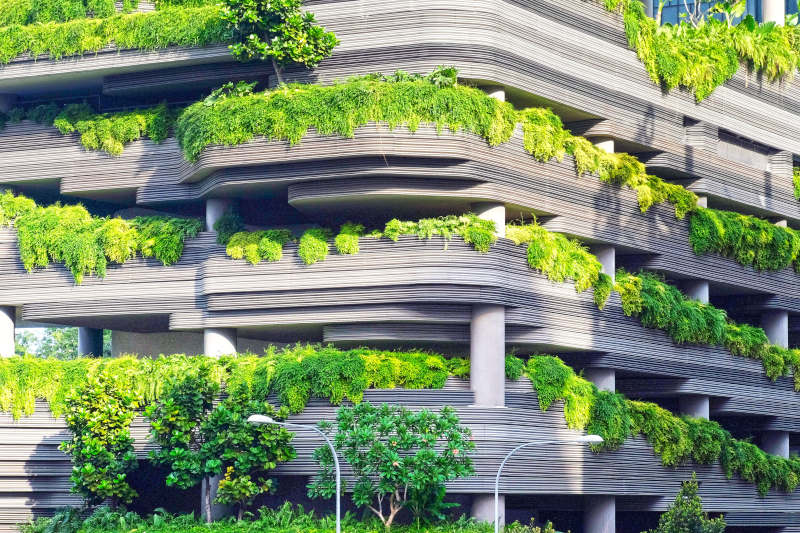
_Paolo_Rosselli_DSC_8101.jpg?1447984145)
